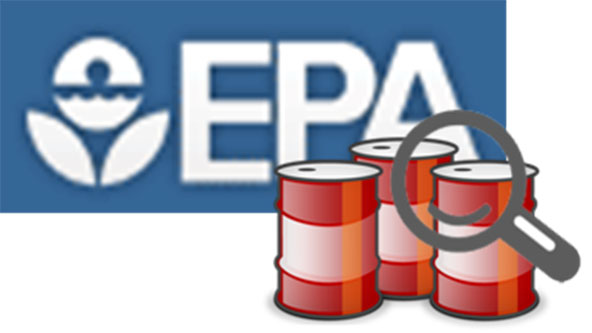On Wednesday, Senators Lautenberg (D-NJ) and Vitter (R-LA) announced new legislation called the Chemical Safety Improvement Act to update the EPA’s Toxic Substances Control Act, a regulation that empowers the agency to oversee the safety of chemical products. According to the American Chemistry Council, which supports the proposed reforms, the TSCA was designed to ensure that products are safe for intended use.There have been growing concerns outside and within the chemistry industry that current oversight was inadequate. According to a Chicago Tribune article by Michael Hawthorne, the update would give the EPA “more authority to order health and safety tests for new chemicals, eliminating a system that has allowed companies to put scores of compounds on the market with little or no study about potential hazards to people and wildlife. The EPA would also get more authority to ban or restrict the use of chemicals if the agency finds that they pose unacceptable risks, a process that is now all but impossible.”
Many stakeholders feel the EPA currently has too little power to effectively regulate new and existing chemicals in the marketplace, which in turn has put consumers at risk from exposure to dangerous chemicals used to make common household items.
Hawthorne points out that the latest round of chemical safety reform grew out of a series of articles the Chicago Tribune ran last year on the health hazards of toxic flame retardants. According Senator Lautenberg’s notice, the Lautenberg-Vitter Act would:
- Require Safety Evaluations for All Chemicals: All active chemicals in commerce must be evaluated for safety and labeled as either “high” or “low” priority chemical based on potential risk to human health and the environment. For high priority chemicals, EPA must conduct further safety evaluations.
- Protect Public Health from Unsafe Chemicals: If a chemical is found to be unsafe, the Environmental Protection Agency (EPA) has the necessary authority to take action. This can range from labeling requirements to the full phase-out or ban of a chemical.
- Prioritize Chemicals for Review: The Environmental Protection Agency will have to transparently assess risk, determine safety, and apply any needed measures to manage risks.
- Screen New Chemicals for Safety: New chemicals entering the market must be screened for safety and the EPA is given the authority to prohibit unsafe chemicals from entering the market.
- Secure Necessary Health and Safety Information: The legislation allows EPA to secure necessary health and safety information from chemical manufacturers, while directing EPA to rely first on existing information to avoid duplicative testing.
- Promote Innovation and Safer Chemistry: This legislation provides clear paths to getting new chemistry on the market and protects trade secrets and intellectual property from disclosure.
- Protect Children and Pregnant Women: The legislation requires EPA to evaluate the risks posed to particularly vulnerable populations, such as children and pregnant women, when evaluating the safety of a chemical—a provision not included in existing law.
- Give States and Municipalities a Say: States and local governments will have the opportunity to provide input on prioritization, safety assessment and the safety determination processes, requiring timely response from EPA, and the bill establishes a waiver process to allow state regulations or laws to remain in effect when circumstances warrant it.
The bill is further proof that a global change in attitudes towards chemical safety is underway. For instance, the European Union (EU) enacted a regulation called REACH, which stands for Registration, Evaluation, Authorization and Restriction of Chemical substances, which seeks the substitution of safer alternatives for the most harmful chemicals in use in the marketplace. Here in the United States, OSHA recently revised its Hazard Communication Standard to align with the United Nation’s Globally Harmonized Standard (GHS) to bring a more standardized approach to the classification of chemicals and communication of hazards to downstream users.
Chemical manufacturers, distributors, employers — and everyone involved in lifecycle of hazardous chemicals — should be on alert that greater accountability, transparency and sustainability is expected by citizens and regulators when it comes to the use of chemicals in the workplace and in consumer products. As is often the case, the marketplace is out in front of the regulatory changes, with companies like MSDSonline offering robust chemical management solutions that make it easier for companies to track and report on chemicals throughout its facilities, provide critical safety information to employees, ban chemicals before they enter the workplace, and ultimately move toward safer, greener chemical alternatives.







